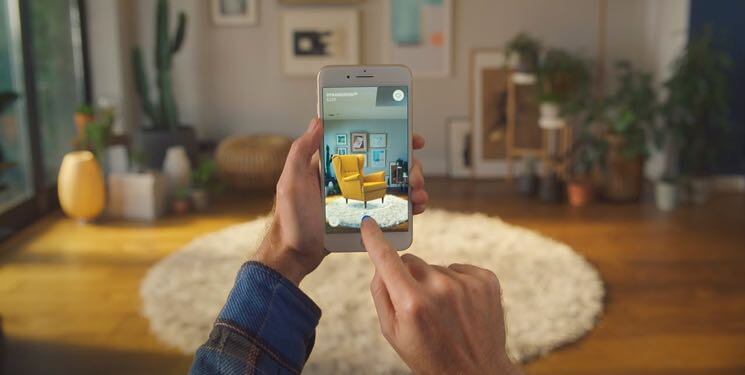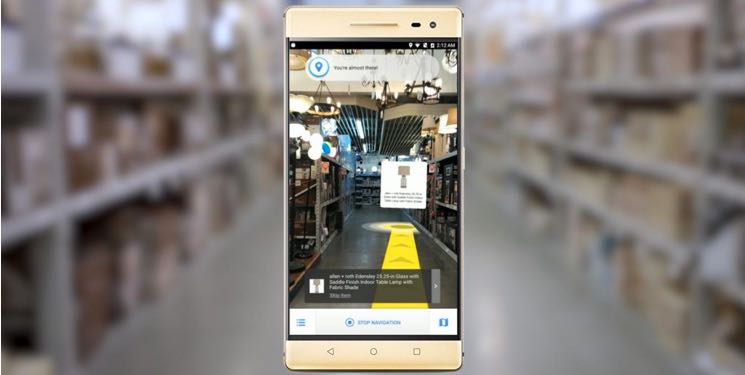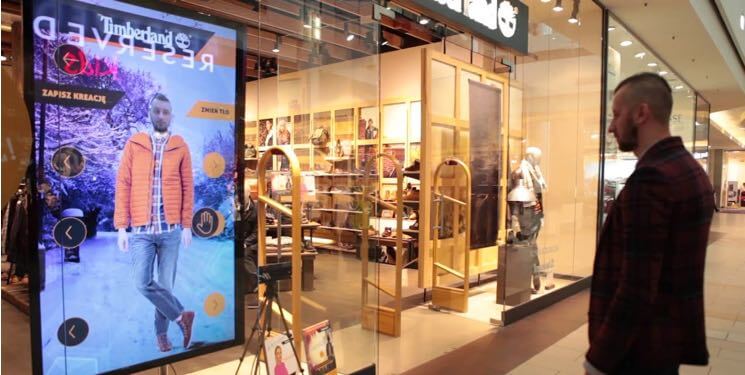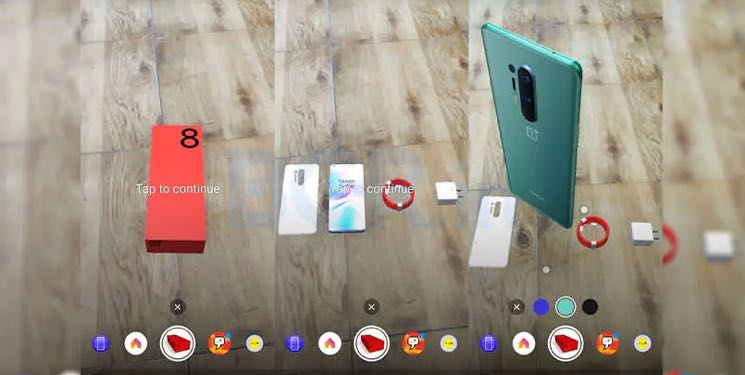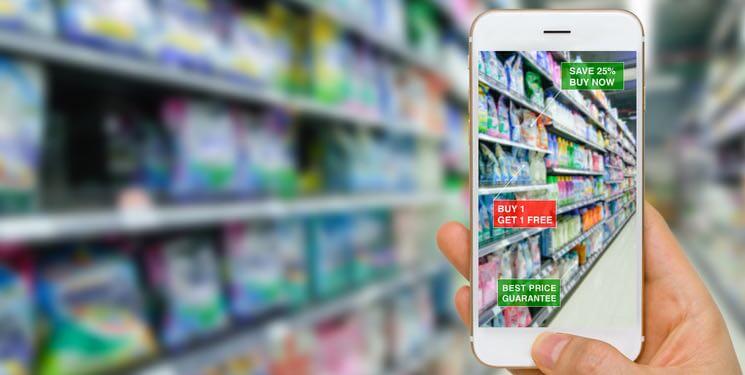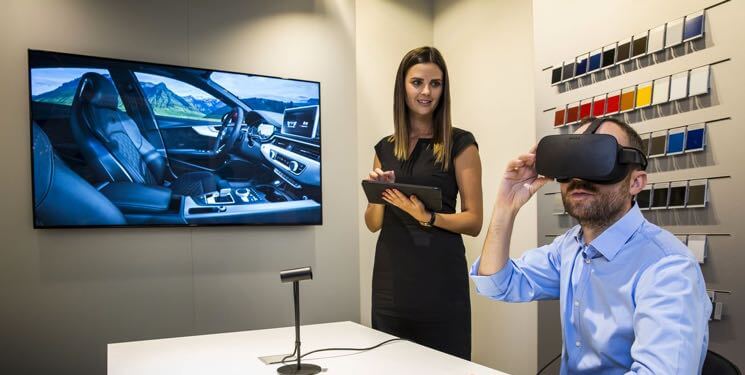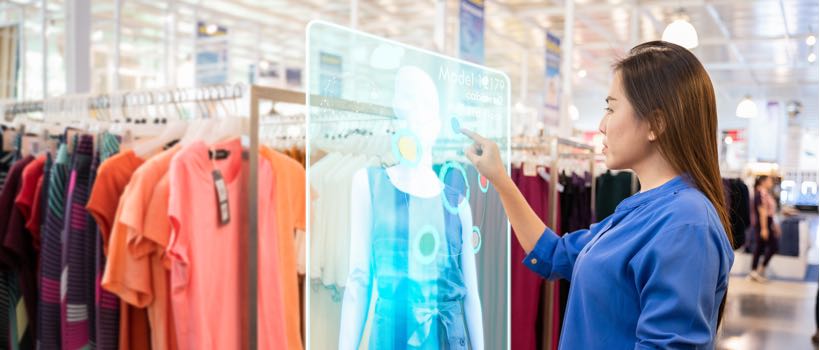
Augmented reality (AR) and Virtual reality (VR) have come a long way from being immature technologies to creating a massive impact completely. With over 8.9 million AR/VR headsets sold in 2019 and AR enabled smartphones, it can be seen that consumers are acknowledging these technologies. These groundbreaking technologies are also referred together as Extended reality (XR) due to the similar nature of use and functionality.
Retail is one of the most competitive fields of the economy. It is common knowledge that no matter how niche your market might be – you have to fight for the place under the sun, you have to persuade customers. That makes retail businesses particularly interested in finding new and more elaborate ways of engaging customers and establishing new brands.
- Lowe’s, a major North American retailer of home improvement goods, has dreamt up an interesting in-store use of VR. Using an HTC Vive and a specially made controller, the ‘Holoroom Test Drive’ allows anyone timid around power tools to put on a VR headset to learn how to use the tools in a safe virtual space.
- Ikea came up with the Ikea Place ARKit app, which avails users a 3D preview of the chosen furniture at the desired spot in their homes/offices. The users can look for the fit and preferences in the furniture items.
- Topshop, for instance, partnered with AR Door and used Kinect motion sensing technology to create a virtual fitting room for customers in their Moscow store. By standing in front of the camera, customers were able to see how clothing items looked on their bodies without physically trying anything on.
The key challenge is developing software that works with AR/VR devices for these specific use cases. According to a Goldman Sachs report, AR/VR retail software revenue is expected to reach $1.6 billion by 2025.
Retailers can use this technology to fundamentally change the way consumers shop, creating deeper engagement, increasing customer delight and efficiency to drive sales and maximize ROI.
Retailers must also anticipate the changes in consumer behavior due to the spread of the coronavirus pandemic globally. While consumers are largely dependent on CPG manufacturers and retailers for a constant supply of essential goods, retailers are facing a tough time catering to the surge in demand while keeping up to safety standards and living up to customer expectations. On the other hand, retailers that cater to durables have temporarily closed their brick and mortar establishments and are continuing to engage customers on various online platforms and through other initiatives.
Now, more than ever digital transformation will play a critical role for retailers. Implementation of AR & VR in retail helps retailers and consumers alike have a better shopping experience while reducing operating costs of retailers and offering an immersive, engaging and safe experience to consumers.
While AR and VR fall under the same realm, there is a significant difference in the hardware and software that goes into enabling these technologies and the experience that they create. While AR layers digital information into real world scenarios, VR offers a whole immersive experience. A multitude of devices such as smartphones which a vast majority of consumers possess are already AR enabled making it more accessible, economic and easier to execute. Over two billion smartphones are capable of displaying high quality, true-to-size AR content. VR on the other hand requires specially configured devices that are rather costly and not possessed by the average consumer. Although the number of VR devices being sold has seen a significant increase over the years. Hence we’ll be discussing both these technologies individually in the coming sections.

Here’s how AR can benefit retailers and improve shopper experience:-
- Create better online shopping experiences : Coronavirus is unsettling every aspect of our lives, including our retail experiences. As consumers have become more confined to their home, online shopping is now more important than ever and augmented reality (AR) technology has been thrust into the limelight to help online retailers deliver an efficient shopping experience.People are now more inclined towards staying home as a result of lockdowns in several countries, self-quarantine and compulsory work from home. With social distancing norms in place, consumers are more and more reluctant to visit stores in person, which is severely affecting retailers in nearly every industry.Hence, people have more free time now. You can expect consumers to spend more of this time shopping online. Thus it falls upon you to enrich the consumers shopping journey and help them make better decisions.With AR technology consumers can use their smartphones to bring life to a product and see what it might look like in their homes, on their tables or walls, or even on themselves.Here’s how Ikea helped consumers make quicker and better decisions while engaging with AR.

Brands that have been early adopters of AR technology have seen significant lift in sales for several years. Conversion rates are increasing anywhere from 10% to as much as 200%. Product returns are dropping by 25%. Time to make buying decisions has been cut in half. AR is making impacts with real ROI that can’t be ignored, even without looming fears of coronavirus.
- In-store navigation : Retail experiences need to involve less physical contact in the current circumstances. Even long after this crisis, consumers will be highly alert and particularly conscious about how they interact with products in bricks-and-mortar stores – here’s where augmented reality (AR) technology can come in. Current limitations provide chances for retailers to connect emotionally to consumers and appeal to their shopping senses.Some ways of doing so is by prioritizing consumers’ safety, establishing trust and offering convenience and ease of use.By using AR to facilitate in-store navigation, you can help consumers reduce the time spent and interactions in the store. You can choose to provide consumers with directions to the stores from different mall entrances or with in-door maps to enable them to find items quickly in the store.

- Contactless trial : Clothing and apparel retail outlets depend on consumers to try out their products in stores. Consumers will be reluctant to try out clothes that might have possibly come into contact with others. To overcome this obstacle, you can use AR with video walls and image recognition to virtually enable product trials in stores.

A similar application can also be put to use through mobile phones while consumers shop online from home. This could accelerate the decision making process and drive more sales while reducing returns.

- Online Marketing : Many brands and retailers rely on the physical touch and feel of products to drive purchase decisions. Launching new products has been a challenge in the current situation where consumers cannot visit stores to examine products physically.In such a situation, you can use AR to create a digitally enhanced experience of the product which consumers can interact with from their homes. Consumers delighted by such experiences not only increase brand loyalty but also act as advocates for the brand. Recently OnePlus launched their new OnePlus 8 smartphone series online via youtube live. Shortly after, the brand launched an AR version of the unboxing of their new phone which customers could try using the AR filter option on instagram which they can further share on their social media creating more engagement.

- Personalized Products : Creating a custom order used to take a lot of time and rely on the customer’s imagination. AR in retail helps overcome those hurdles by producing virtual versions of the desired product. Nike’s Makers’ Experience combines AR, object tracking and projection technology (using AI and IoT) as well as digital signage or video walls to enable a customized design to appear on sneakers.
BOOK A CONSULTATION FOR FREE!
Avail a FREE consultation with our AR/VR leads on how you can leverage the technology to grow your business
- Personalized marketing and product discovery : In-store navigation can be coupled with personalized marketing. While consumers are using their smartphone as they navigate across your store, you can display personalized offers on products through AR and AI based on the purchase history and preferences of the consumer. Personalized offers have higher conversion rates and improve shopper experience.

You can also use AR to recommend products to consumers.
How VR is transforming shopping experience:
- Creating virtual encounters : VR can help overcome the hassle factor of shopping. Here’s one example: according to a McKinsey study, the average car buyer today visits 1.6 auto dealerships, down from five dealerships 10 years ago. Many call the experience boring, confrontational and bureaucratic, according to The Economist. But given how complicated cars are becoming, customers also want a knowledgeable person to talk them through all the features like entertainment systems, navigation services and automated parking.On the other hand due to the global pandemic situation, consumers wouldn’t prefer visiting multiple showrooms or interacting and coming into contact with many people.VR can bridge consumers’ seeming conflict between the desire for personal service and unwillingness to visit a store by enabling experiences virtually. For a car purchase, this might mean exploring the cockpit or taking a virtual test drive.

- V-commerce : As consumers are now more comfortable shopping online instead of visiting physical stores, you should focus on making your e-commerce channel more powerful and experience driven.The potential for using virtual reality in online retailing is obvious: it allows retailers to create much more immersive and engaging experiences that mimic those of physical retail stores, as well as adding enhancement not possible in the real world.

- In-store VR : VR can be used to make the in-store experience much more compelling and interesting for the customer, and add real, tangible benefits for the retailer. As the design of retail spaces becomes much more intelligent, focusing on maximising footfall in the right places at the right times, VR can have a measurable impact on key metrics.Because it’s still a relatively novel technology, having a VR installation in-store can drive footfall by creating a buzz around a particular part of the shop. In turn, this can lead to increased dwell times – and if the plan for the VR area is well thought out, this can mean additional sales for key items and more browsing of important product categories.Toms shoes company chain is one nice example of VR for retail. The company follows a One-for-One giving model, in which it gives a pair of free shoes to a child in a developing country for every pair purchased by a customer. To bring that to life, Toms developed a 360-degree Virtual Giving Trip campaign to give customers the opportunity to experience first-hand the impact of their purchase.
- Facilitate employee training : Training employees is a complicated process. This exercise can prove costly if the employee makes some mistakes during the training process resulting in a financial loss for the employer. The use of VR can minimize the risk involved in the training procedure. Using Virtual Reality technology, employees can be trained by simulating real-life environments and situations.Walmart adopted VR to help identify employees for management positions. Wearing Oculus Go VR headsets, associates are immersed in real-life situations, such as calming an angry customer or taking new employees on a store tour to test their decision-making, leadership capabilities, and soft skills in challenging situations.

Conclusion
Retailers that already have AR and VR capabilities in place are better prepared to adapt to the changing customer behaviour. AR and VR collectively offer a unique shopping experience to your customers that helps them make better decisions while saving their time and keeping them safe by either reducing contact in stores or enabling an immersive experience while shopping from home.
That’s why it’s a good time to think about how you can use AR and VR in your online and physical stores. Customers will return, not just for a bargain, but for the experience your store offers.

 1-800-805-5783
1-800-805-5783 